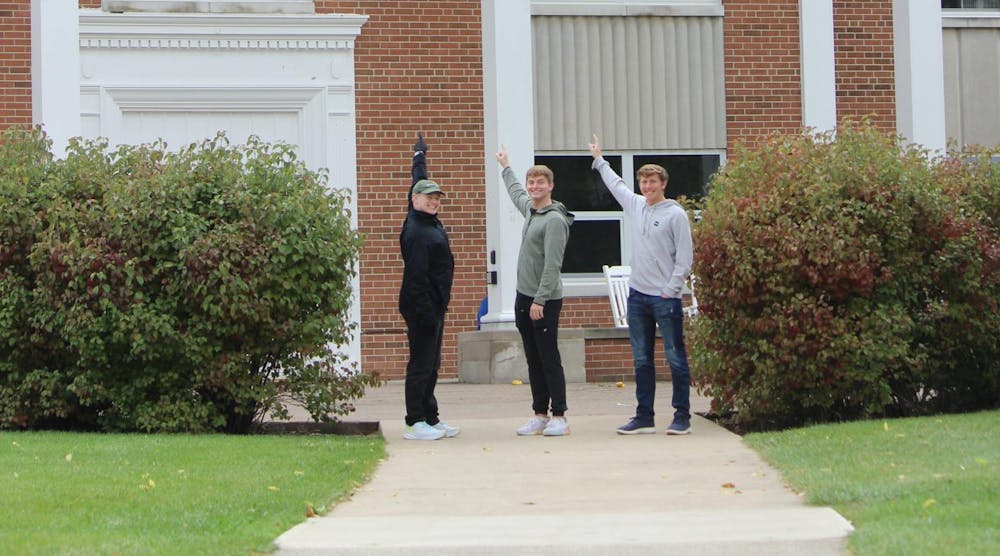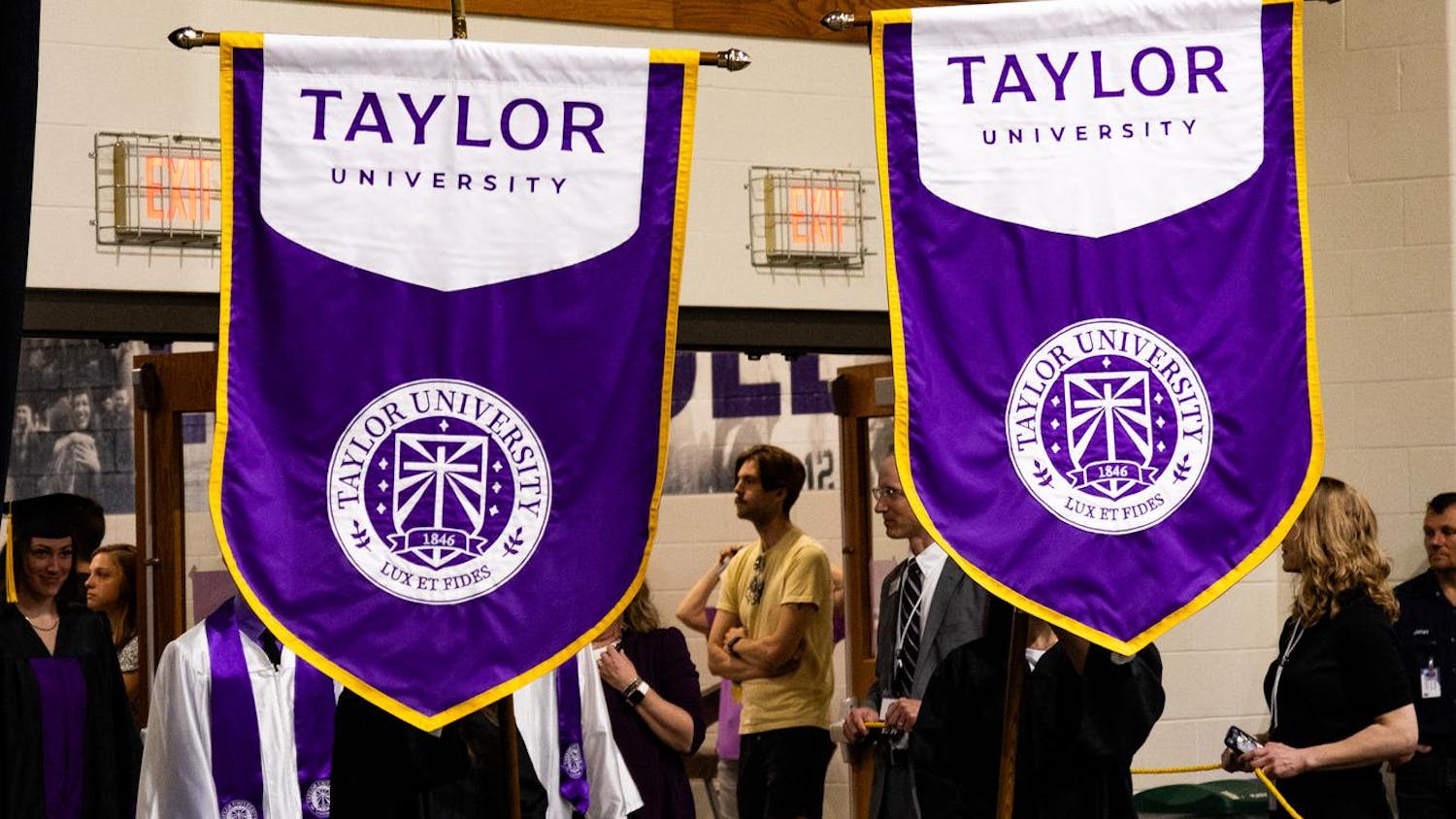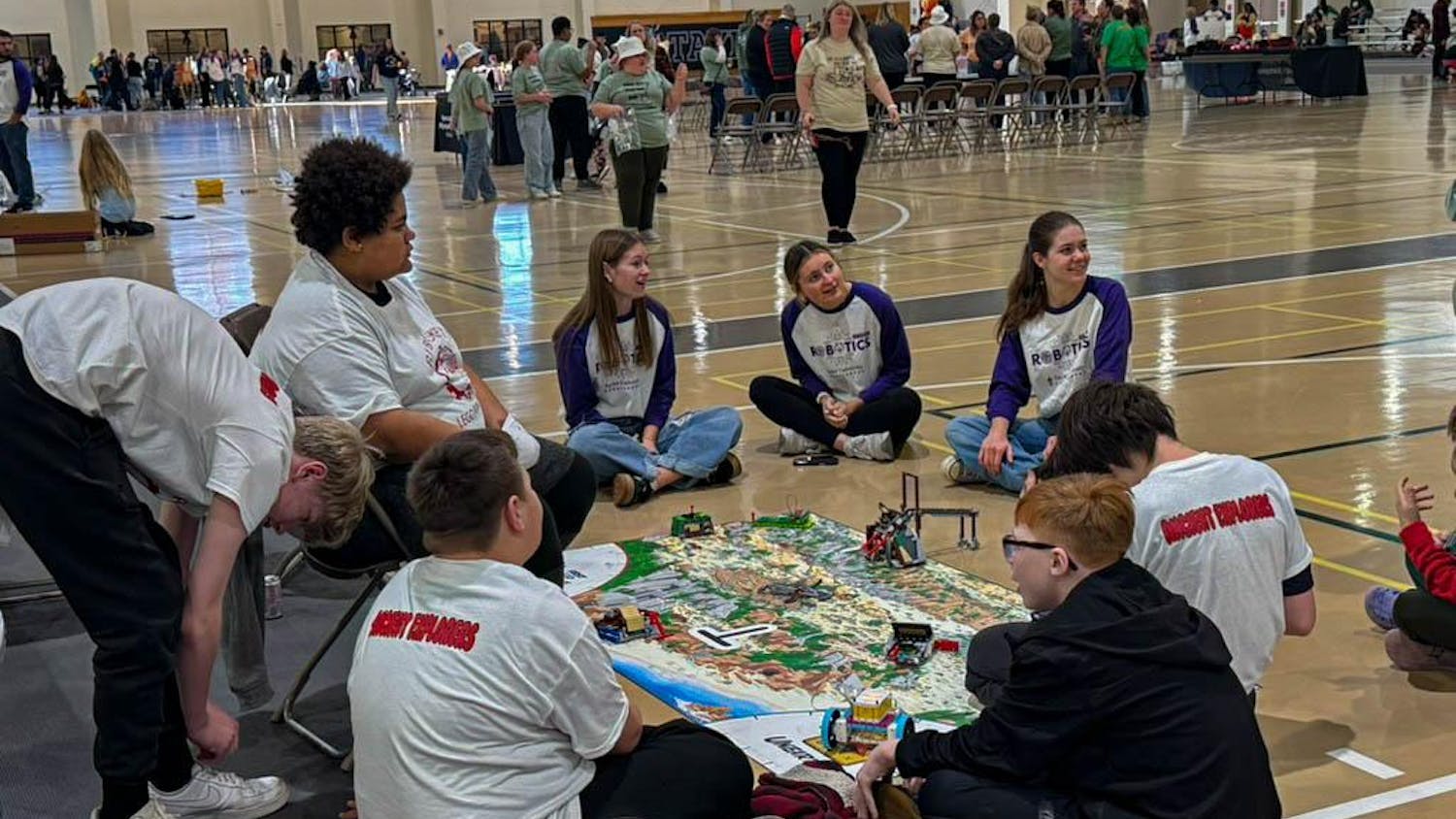Bats, black cats and snakes, oh my.
More than just the classic images of superstition, these and other creatures of the night have been sighted across campus this year, teaching students what it means to truly develop the “right relationship with creation” Foundational Core classes preach.
While run-ins with live snakes and opossums may cause quite a scare for some students, many have accepted that on a campus with such oddities as the election of Samuel Morris’s “Pope” or the Men of Wengatz’s Great Dads of America contest, there are bound to be a few stranger things in the natural world as well.
This is perhaps nowhere more obvious than in Taylor’s biology department, or in the environmental museum located in Randall Environmental Center.
“We have tortoises in the greenhouse,” Elizabeth Hasenmyer, assistant professor of biology, said. “We keep lizards and fish. A lot of fish.”
Two such fish, Mango and Marigold, can be seen within their small aquarium, located on the third floor of Euler Science Complex. Others, such as Hasenmyer’s Costa Rican poison dart frogs, are kept in the classroom.
They certainly add to the spookily scientific atmosphere of the lab: on the wall opposite hangs Lord Sauron, the ever-watchful stuffed tsessebe. In the next room, a variety of other taxidermied animals can be seen staring out over plant-filled glass containers and black desks.
But the biology labs aren’t the only place to spot a creature on campus — something Elisha Baker, a sophomore music education major experienced first-hand. Finding a small garden snake in the entryway of her dorm, the encounter was more surprising than spooky.
Because the situation was quickly resolved by a professional, Baker didn’t mind the serpent’s intrusion, but expressed concern at campus animals’ lack of fear toward humans.
“They (campus critters) should probably view people as more of a threat than they do,” Baker said. “Snakes are going to be more scared of you than you are of them.”
It’s a point freshman Allison Brockhaus also made after her own wildlife encounters. So far, Brockhaus has found another snake and an opossum in her time at Taylor. She has found life on campus to truly be to the full, though perhaps not in a way she would have expected.
Reflecting on her Foundations class, Brockhaus is not startled by the campus wildlife, acknowledging how humans should also show respect to their fellow created beings.
“I definitely am not afraid of animals,” Brockhaus said. “I mean, God created these animals. They're here for a reason, whether we like it or not. I think it's definitely, like, we need to respect their space, but also I think they have their mind of their own. So, I think we're in their area.”
The experience is starkly in contrast to Allison Haines’, a business management and marketing senior.
Seeing both the opossum spotted in broad daylight and the stray cats on campus, Haines’ perspective is unique — especially after being part of one stray’s adoption story.
“I have no idea if it (the kitten) would have made it (without my roommate’s care),” Haines said. “After a couple days, my roommate’s mom came up and took the kitten with her, because her family's really big — like, they love cats. And so the kitten now has a wonderful home.”
It’s a story that has continued through picture updates as the school year has worn on.
More than that, however, it’s a strangely fitting example of how the campus practices intentional community, not only with each other, but with the rest of creation as well.




